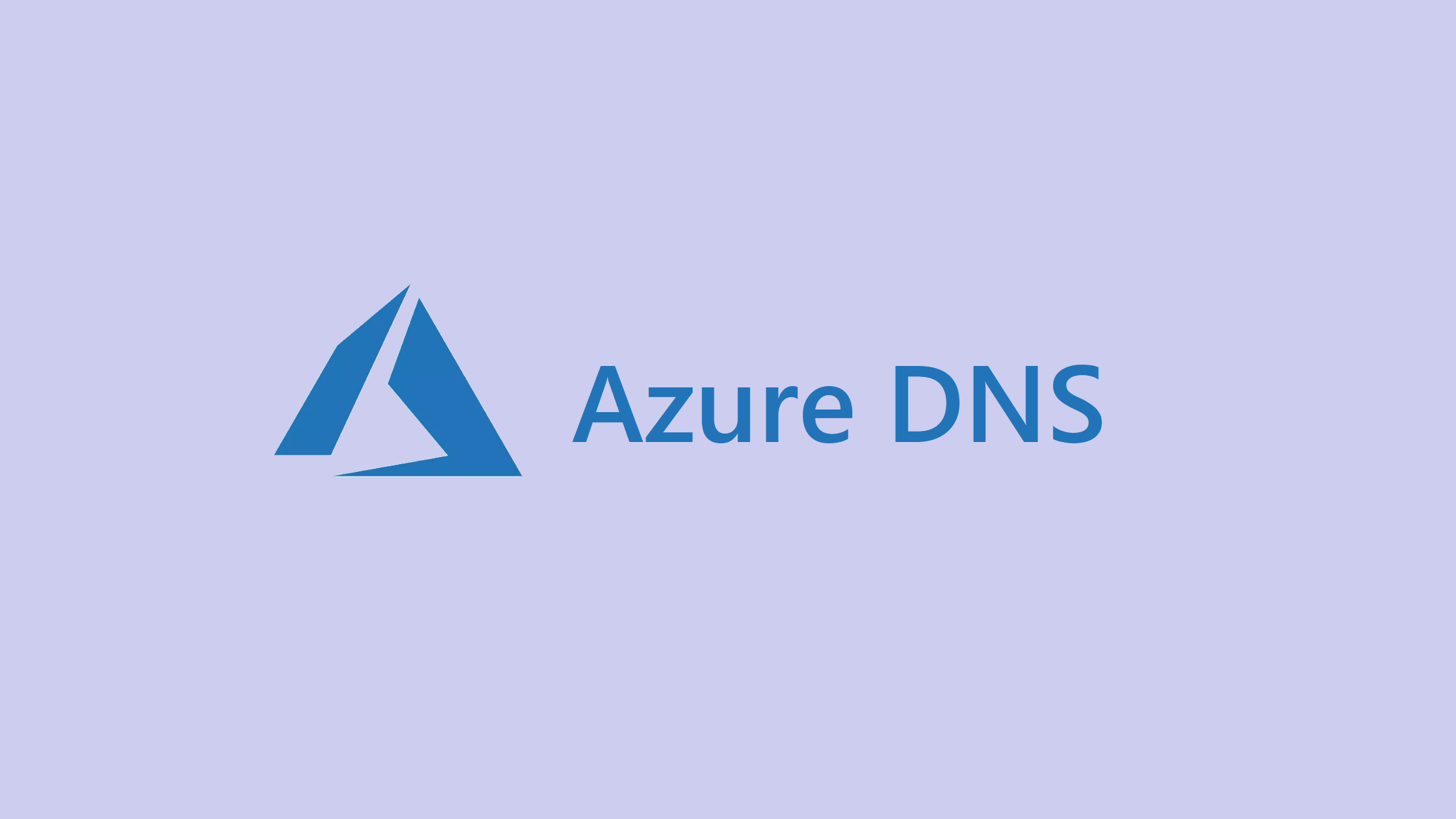F.A.Q.
Got a question? We’ve got answers.
Visit our Support Center for more questions.
Visit our Support Center for more questions.
A domain is a unique name in the domain name system, for example “contoso.com”. A DNS zone is used to host the DNS records for a particular domain. For example, the domain contoso.com may contain several DNS records, such as mail.contoso.com (for a mail server) and www.contoso.com (for a website). Azure DNS allows you to host a DNS zone and thereby manage the DNS records for a domain in Azure.
You do not need to purchase a domain to host a DNS zone in Azure DNS. You can create a DNS zone at any time without owning the domain name. However, you will need to purchase the domain name if you want to link your DNS zone into the global DNS hierarchy—this enables DNS queries from anywhere in the world to find your DNS zone and be answered with your DNS records.
No, Azure DNS does not currently support purchasing of domain names. To purchase domains, you should use a third-party domain name registrar, who will typically charge a small annual fee.
Yes. You must use static public IP addresses with Azure Traffic Manager. Configure the External endpoint target by using a static IP address.
No. URL redirect services aren’t a DNS service. They work at the HTTP level rather than the DNS level. Some DNS providers bundle a URL redirect service as part of their overall offering. This service isn’t currently supported by Azure DNS.
A sub-region is the lowest level geo-location that you may select to deploy your applications and associated data. For data transfers (except CDN), the following regions correspond to Zone 1, Zone 2 and Zone 3.
Zone 1 – Australia Central, Australia Central 2, Canada Central, Canada East, North Europe, West Europe, France Central, France South, Germany North (Public), Germany West Central (Public), Norway East, Norway West, Switzerland North, Switzerland West, UK South, UK West, Central US, East US, East US 2, North Central US, South Central US, West US, West US 2, West Central US
Zone 2 – East Asia, Southeast Asia, Australia East, Australia Southeast, Central India, South India, West India, Japan East, Japan West, Korea Central, Korea South
Zone 3 – Brazil South, Brazil Southeast, South Africa North, South Africa West, UAE Central, UAE North
Germany Zone – Germany Central (Sovereign), Germany Northeast (Sovereign).

